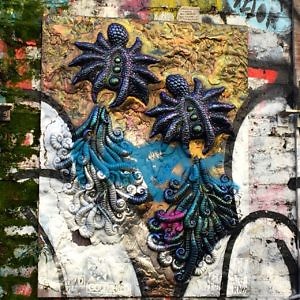Insights on the STING agonist landscape
We first wrote about this innate pathway back in early 2015 – before it became famous and controversial – when things seemed much simpler then.
Imagine the basic concept… add an immune agonist – this targets the innate immune system to jumpstart or wake up the immune system in colder tumours – to an established adaptive immune therapy such as checkpoint blockade and see whether any magic happens. In practice, this turned out to be much easier said than done, because in reality mouse and man have quite different immune systems and do not react in the exactly same way, which makes extrapolation from one to the other challenging at the best of times.
 Still, back in 2015 there were barely a handful of STING agonists that anyone could really put a name too, now there’s 18 compounds in early pipelines and counting.
Still, back in 2015 there were barely a handful of STING agonists that anyone could really put a name too, now there’s 18 compounds in early pipelines and counting.
Not all the players are small biotechs either, as big Pharma is certainly paying attention to the smaller biotechs (both private and public) generating molecules, especially now that early clinical data (alone and in combination) is beginning to dribble out.
Aside from collaborations and licensing deals, there’s also an increase in patents in this niche, which is often a sign of competitive activity.
Four years on, how has the landscape changed, what does the data look like and what sort of issues need to be addressed?
In the first of our latest three-part mini series, we look at the competitive landscape and how it has changed (quite drastically since 2015, I can assure you!). In parts two and three, we look at two different up and coming players in the STING space with very different approaches.
To learn more from our latest cancer conference coverage and get a heads up on our oncology insights, subscribers can log-in or you can click to gain access to BSB Premium Content.
This content is restricted to subscribers